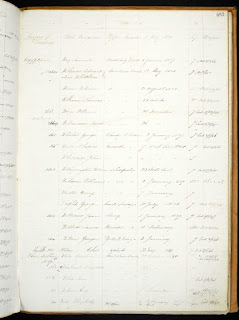He and his brothers Gilbert and Leonard created the Thomas Brothers Maps and guides which were very popular in California before the internet began to help us out with directions. According to Susan Spano, Los Angeles Times travel writer, "They made old-fashioned folding maps obsolete by developing page-by-page gridded maps bound in a book." See her article of 2002 online at http://articles.latimes.com/2002/may/05/travel/tr-spano05. Spano describes how the Thomas Brothers maps went digital. But the company has been around a long time. Many California residents may remember consulting the handy hard-copy soft-cover books for detailed street map information.
According to my research, George Coupland Thomas, born in England, died in Alameda County in 1955. His father, Richard Coupland Fleming Thomas, was born in 1841 in Tintern, Wales, and died in 1924 in Alameda County, California. He was buried at Mountain View Cemetery in Oakland, Alameda.
Thomas was at that time an insurance agent in Bristol. But NOW I am interested in the fact that the brothers settled in Alameda County, California. Tracing their lives since their arrival in California has been fascinating. As noted in my hiking blog, one of the brothers, Gilbert, who owned a company called Blue Print, ventured with a buddy from East Oakland, probably his own neighborhood at the time up to the summit of Mt. Diablo and then back to East Oakland. Yes, that took a long time, but was completed in one full day.
How this family traveled! In a matter of decades, they covered the distance from England to Wales to Alameda County, California, where they produced useful maps for California residents. Next challenge: why did they choose the San Francisco Bay area as a place to settle?



